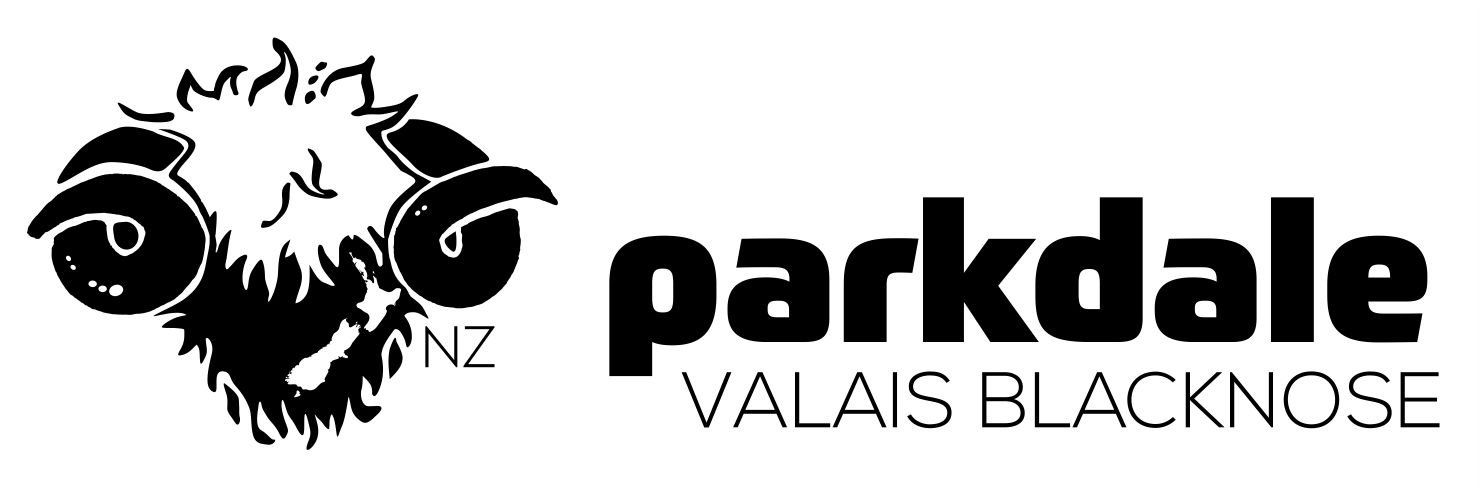Swiss Breed Standard
Swiss Breed Standard
Origin and Distribution
The Blacknose sheep is an unpretentious indigenous breed, which is well-adapted to the harsh conditions of the mountains which it inhabits, in the German-speaking part of the Canton of Valais in Switzerland. There are indications that this breed has existed since the 15th century. Today there are 17,500 herd book animals.
The ewes can lamb twice a year after the age of two.
Typical Breed
The Blacknose Sheep owe their name to their beautiful black Roman noses. The black colouring extends up the face to the eyes and surrounds them. The ears are totally black and there are black markings on the fronts of the knees and on the hocks. The lower legs are short black booted. The ewes have a black patch directly below their tails.
Typically both rams and ewes of the Blacknose Sheep have spiral-shaped horns; the rams’ are massive and curved, the ewes’ horns tend to be straighter. An important feature is the wool, which should be of similar length and thickness all over the animal’s body, head and legs.
Overall appearance
The Valais Blacknose Sheep is a mountain sheep breed which has equal wool distribution all over its body. The impressive horns and distinct markings give it its unique appearance. The Valais Blacknose Sheep has a harmonious, robust and large-framed body.
STANDARD CRITERIA
The Swiss breed standard consists of three main categories: Appearance, Conformation, and Wool.
Each category consists of sub-categories and criteria which reflect the overall breed standards. When animals are graded based on the breed standard, points are awarded based on the assessment of each category and its criteria.
If an animal is awarded the full number of points in each overall category (Appearance, Conformation & Wool) it is termed ‘Maximum Points’ and demonstrates a prime example of the breed.
CLICK TO VIEW
Appearance
Colour Features
- Black nose to the centre of the head
- Black encompassing the eye area connecting with the black of the nose, no gap is permitted
- Black ears – black should meet the white of the head
- Black hooves and ankle area (‘black socks’)
- Black spots on knees and hocks (spots can be non-symmetrical)
- Females are to have a black tail spot. There must be a finger-width gap of white on the tail.
- For females missing a marking feature i.e. knee spot, a point deduction might be made depending on overall conformation and wool.
- Males must not have a tail spot
- Male scrotum and belly area may have black pigmentation, but the black must not spread upward of the scrotum area, under the tail and into the fleece.
- Spitti: On occasion a purebred Valais Blacknose may produce offspring marked in reverse colour /markings which are referred to as ‘Spitti’ (a name adopted in the UK from Swiss Blacknose breeders). However, in Switzerland the ‘Spitti’ may be referred to by different names in the varying villages and areas of Valais. Spitti rams should be castrated and not used for breeding purposes.
Head & Neck
- Well proportioned, compact head
- Roman nose, wide mouth, broad forehead
- Pronounced, regal head shape in rams. Mature rams often develop protuberance behind horn base
- Short, straight well-muscled neck
Horns
- Spiral outward from head, horizontally away from cheeks (You should always be able to fit a flat hand comfortably between the horn and cheek)
- Black stripes in the horns are acceptable
Chest, Shoulder & Withers
- Wide, deep, chest area
- Shoulders line naturally with neck and chest
- Well-spaced, wide withers
- Rib cage curvature is well proportioned and rounded
Back & Loin
- Long, straight top line
- Wide back and loin
Pelvis, Abdomen & Hindquarters
- Medium sized belly with small belly hollows/pits (paralumbar fossa)
- Wide and medium-length pelvis
- Well-muscled hindquarters
Withers (from two years)
- Female: 72 – 78 cm
- Male: 75 – 83 cm
Weight (over two years)
- Female: 70 – 90 kg
- Male: 80 – 125 kg
Conformation
Limbs
- Strong, sure footed
- Solid hoof deportment
- Legs are not bandy/bow legged
- Legs are not knock-kneed
Foundations
- Slight hock angulation
- Short, strong pasterns (45-degree angle)
- Solid bone structure
- Joints should be straight and sound
Gait
- Spacious, sure footed and wide legged
- Doesn’t sway or waver
- Even and stable movement
- Mobile with ease
Wool
- Fleece in lambs is soft to touch but becomes coarser as the sheep matures (The Swiss grade approximately equates to 28-38 microns depending on age and gender. Fiber diameter generally finest in lambs and coarsest in adult males)
- Staple length is 10cm based on 6 months growth (Recommended to be shorn twice a year. Fleece weight when shorn approx. – Lambs 1-1.5 kg / Ewes 2.5 -3kg / Rams 2.5 – 3kg – Based on 6 months growth)
- Fleece is uniformly white and balanced over the whole body
- Wool on legs is thick and full
- Wool on head is natural and long
- Some black hairs /fibers are tolerated on the neck area (Females only. In males up to 18 months of age this should be factored when cast
Love to know more?
Love to know more?
Contact us to arrange a visit, experience and learn more about our amazing Valais Blacknose breed.
